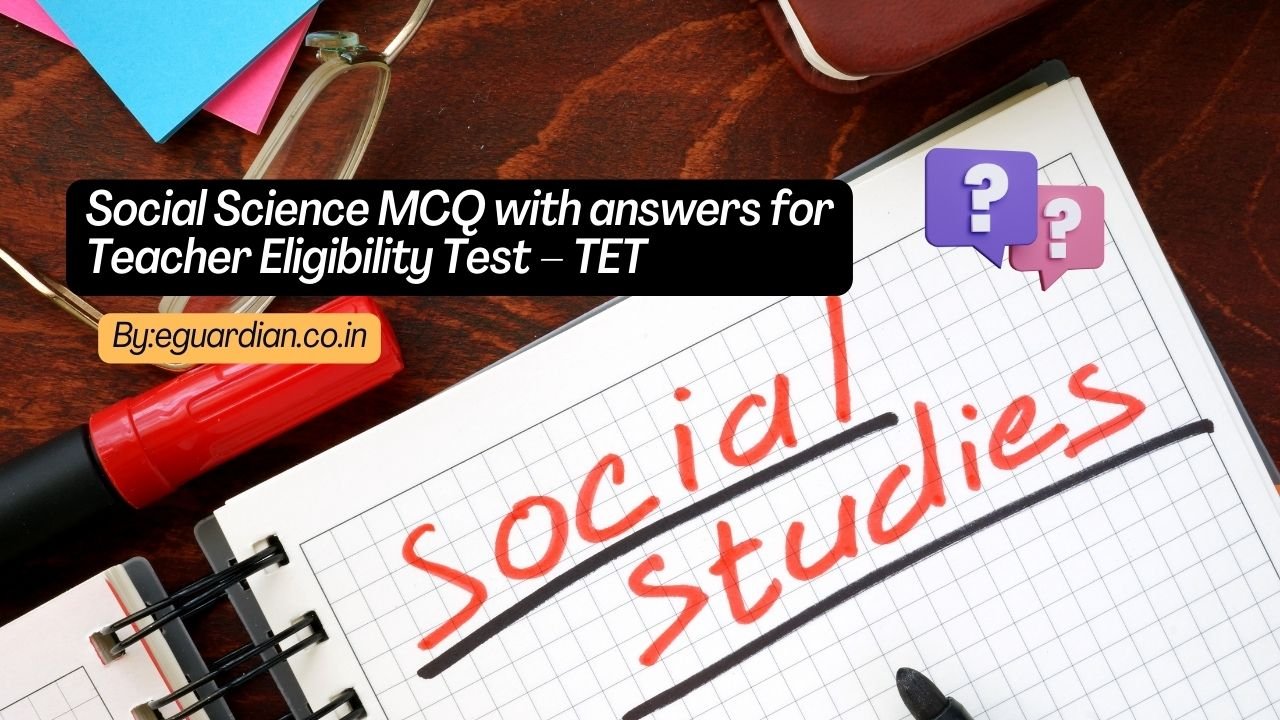Solved MCQ on Research Methodology pdf for the preparation of academic and competitive MBA, BBA examinations of all institutions.
Welcome to our collection of Solved Multiple-Choice Questions (MCQs) on Research Methodology! This article provides a set of MCQs in PDF format to assist you in your preparation for MBA exams.
Research Methodology is an essential subject in MBA programs, as it equips students with the necessary skills to conduct research and make informed business decisions. These solved MCQs will serve as a valuable resource to test your understanding of key concepts in research methodology.

Solved MCQ on Research Methodology
1. The arithmetic mean cannot be computed for ordinal scale data. (True / False)
Ans. True
2. Branded shirts are more expensive than unbranded shirts – this is an example of effective components. (True/False)
Ans. False
3. The ___ scale measurement has a natural zero.
Ans. Ratio
4. The difference between the score on the ___ scale does not have a meaningful interpretation.
Ans. Ordinal
5. Coding and analysis of attitudinal data obtained through the use of a pure graphic rating scale can be done very quickly. (True/False)
Ans. False
6. A comparative rating scale attempts to provide a common frame of reference to all respondents. (True/False)
Ans. True
7. The Likert scale is a single-item scale. (True/False)
Ans. False
8. The Likert scale is a balanced rating scale with an ___ number of categories and a neutral point.
Ans. Odd
9. In the ___ scale, if an attribute is twice as important as some other attribute it receives twice as many points.
Ans. Constant sum rating
10. A scale is said to be valid if it measures what it is supposed to measure. (True/False)
Ans. True
11. A scale is said to be reliable if it is free from systematic errors. (True/False)
Ans. False
12. The ___ of a scale can be increased by adding more questions to it.
Ans. Sensitivity
13. A focus group discussion generally involves a ___ who steers the discussion on the topic under study.
Ans. Moderator
14. Online focus groups are conducted in ___.
Ans. Web-based chat rooms
15. The ideal number of participants in a focus group discussion is
(a5 2–6
(b) 6–10
(c) 8–12
(d) 10–15
Ans. (c) 8–12
16. Special respondent sub-strata who are passionately involved with a brand or product category are known as
(a) Brand-obsessive group
(b) Online focus group
(c) Special focus group
(d) Brand ambassadors
Ans. (a) Brand-obsessive group
17. The interview method is a one-to-one interaction between ___ and ___.
Ans. Investigator/interviewer, the interviewee
18. The ___ interview has no defined guidelines.
Ans. Unstructured
19. When interviews are conducted with the help of the computer they are called ___.
Ans. Computer-assisted personal interviewing (CAPI)
20. The questionnaire can be used to collect ___ data from a ___ of subjects.
Ans. Primary, sample
21. The questionnaire method follows a predetermined ___.
Ans. Sequence
22. Exploratory studies should most often make use of the ___ method
Ans. Unstructured interview
23. The questionnaire should ___ the respondent and result in a ___ response.
Ans. Encourage, meaningful
24. In case the population under study is widely scattered, one makes use of the ___.
Ans. Questionnaire
25. In case the population is illiterate it is best to use the ___.
Ans. Schedule
26. The formalized-unconcealed questionnaire is the most difficult to interpret. (True/False)
Ans. False
27. The process of questionnaire design is called the schedule (True/False)
Ans. False
28. The non-formalized, concealed questionnaire is the most frequently used questionnaire. (True/False)
Ans. False
29. Sampling control is highest in
(a) A web-based survey
(b) E-mail based survey
(c) Schedule
(d) Mail/fax survey
Ans. (c) Schedule
30. The most cost-effective questionnaire administration method is through
(a) Web-based
(b) Schedule
(c) Telephone survey
(d) Mail survey
Ans. (a) Web-based
31. Response rate is highest in a
(a) Mail interview
(b) Schedule
(c) Email survey
(d) Web-based survey
Ans. (b) Schedule
32. Interviewer bias is high in a telephonic survey. (True/False)
Ans. True
33. Qualifying questions are also termed as filter questions. (True/False)
Ans. True
34. ‘Are you a vegetarian?—Yes/No’ is an example of an open-ended question. (True/False)
Ans. False
35. ‘Do you sing and dance?’ is an example of a double-barrelled question. (True/False)
Ans. True
36. ‘Do you not think that all fairness creams make false claims? –Yes/No’ is an example of a loaded question. (True/False)
Ans. False
37. The questionnaire has many advantages. Which of these is not one of them?
(a) Adaptability
(b) Anonymity
(c) Fast and economical
(d) Applicable to all sections of society
Ans. (d) Applicable to all sections of society
38. If the investigator distributes the questionnaire to his friends and acquaintances or if there is self-selection of the subjects, it could lead to
(a) Lower response
(b) Higher response
(c) Skewed sample response
(d) None of the above
Ans. (c) Skewed sample response
39. The chance of researcher bias is very ___ in the questionnaire method.
Ans. low
40. The difference between the sample result and the results obtained through a census using the identical procedure is known as sampling error. (True/False)
Ans. True
41. A population that is being sampled is also called the universe. (True/False)
Ans. True
42. Which of these is not a sampling frame?
(a) List of registered voters in a constituency
(b) Subscribers listed in a telephone directory
(c) The total number of students registered with a university
(d) 30 students who are surveyed of a class of 150 MBA students
Ans. (d) 30 students who are surveyed of a class of 150 MBA students
43. A subset of the population is called
(a) Element
(b) Sampling unit
(c) Sample
(d) Sampling frame
Ans. (c) Sample
44. A judgmental sample provides a better representation of the population than a probability sample. (True/False)
Ans. True
45. Non-probability methods are those in which the sample units are chosen purposefully. (True/False)
Ans. True
46. The criteria for stratification should be related to the ___ of the study.
Ans. Objectives
47. Only the initial sample unit is chosen randomly in a ___ sampling
Ans. Systematic
48. For a 90% confidence, the value of Z would be ___.
Ans. 1.645
49. The size of the sample depends upon the size of the population. (True/False)
Ans. False
50. The most commonly used approach for determining the size of the sample is the ___ approach covered under inferential statistics.
Ans. Confidence interval
51. The size of the sample is directly proportional to the ___ in the population and the value of Z for a confidence interval.
Ans. variability
52. The editing process is carried out at two levels, the first of these is field editing and the second is ___.
Ans. Central in-house editing
53. Going back to the respondent to check any errors during questionnaire administration is known as ___.
Ans. Backtracking
54. Backtracking is best suited for industrial surveys. (True/False)
Ans. True
55. Plug value refers to the fudged value that an investigator might put for a missing response. (True/False)
Ans. False
56. The smallest code entry a researcher makes in a codebook is a field. (True/False)
Ans. True
57. Several fields together can be clubbed into a record. (True/False)
Ans. True
58. In a data matrix every column represents a single case. (True/False)
Ans. False
59. All categories formulated for data entry must be mutually exclusive. (True/False)
Ans. True
60. The process of identifying and denoting a numeral to the responses given by a respondent is called___
Ans. Coding
61. In case the question is a Likert type question and it has agreement/ disagreement on a five-point scale, the number of corresponding columns in the codebook would be ___
Ans. One
62. Test tabulation is conducted on open-ended questions. (True/False)
Ans. False
63. For classifying nominal data one can tabulate using class intervals. (True/False)
Ans. False
64. Numerical data, like the ratio scale data, can be classified into
(a) Class intervals
(b) Codes
(c) Fields
(d) Files
Ans. (a) Class intervals
65. 10–15 years; 16–20 years; 21 years and beyond is an example of
(a) Inclusive class interval
(b) Exclusive class interval
(c) Class interval
(d) None of the above
Ans. (b) Inclusive class interval
66. Median can be computed for ordinal scale data. (True/False)
Ans. True
67. To carry out ___, the sample should be drawn at random.
Ans. Inferential analysis
68. The standard deviation as a measure of dispersion is independent of units of measurement. (True/False)
Ans. False
69. The range could be obtained from interval scale data. (True/False)
Ans. True
70. The positive square root of ___ is called standard deviation.
Ans. Variance
71. To compare the variability of two distributions, ___ can be used.
Ans. Coefficient of variation
72. The correlation coefficient can assume any value between 0 and 1. (True/False)
Ans. False
73. High association between two variables does not imply cause and effect relationship. (True/False)
Ans. True
74. In a cross table, the percentages should be computed in the direction of the ___ variable.
Ans. Independent
75. The first step in computing the percentages in a cross table is to identify ___ and ___ variables.
Ans. Dependent, independent
Thanks for visiting our website, if you like the post on Solved MCQ on Research Methodology please share it on social media.
You may watch these MCQs on Youtube
Research Methodology MCQ Questions and answers pdf



